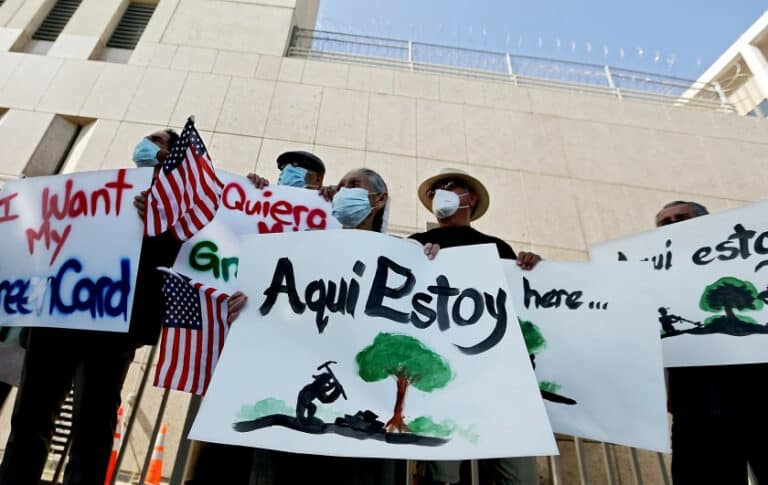This post is part of an ongoing of series on the fast food organizing movement. You can read all our Fast Food News here.
Al Jazeera America reports that the fast food industry could adjust to a $15 per hour federal minimum wage without cutting jobs, according to a new study from the University of Massachusetts-Amherst’s Department of Economics and Political Economy Research Institute. Assuming that the current federal minimum of $7.25 an hour increased over four years to $15 an hour, the study claims that the fast food industry could absorb the wage increase by reducing turnover, maintaining a trend of sales growth and implementing modest annual price increases. In doing this, fast food companies would not have to lower their average profit rate based on the increased productivity of workers.
McDonald’s sales continue to tumble, with the Wall Street Journal reporting that the company experienced a 21% drop in fourth-quarter earnings. Overall, customer traffic fell 3.6% globally in 2014, including a 4.1% drop in the U.S. McDonald’s claims that the drop is attributable to its broad, complicated menu leading to slow service, and that it has lost touch with younger consumers broadly. To combat this, the company is directing more money towards new customized ordering kiosks that are intended to engage young people and keeping prices stagnant. Additionally, the company is also selling more restaurants to franchisees as a way to reduce its exposure to commodity costs and other risks, a strategy that has not changed in light of the NLRB’s recent joint employer decision.
According to The Oregonian, a minimum wage increase in Oregon could actually lead to a loss in net income for many low wage workers. A new report by Oregon’s nonpartisan Legislative Revenue Office shows that the state’s plan to increase the minimum wage to somewhere between $12.20 and $15 an hour could lead to individuals losing their government benefits. For example, a single parent with two children, a raise to $11.10 would yield a net monthly income loss of $12; to $12.10, a net monthly loss of $4; and to $13.10, a net monthly loss of $30. Raising the minimum all the way to $15.10 would give this single parent a net income gain, but only of $49 per month. This so-called “benefits cliff” is making it difficult for the state to reconcile its desire to raise wages while preserving overall net income, which has led to certain elected officials who favor increased wages to call for changes to the benefit structure in order to avoid the cliff altogether.






Daily News & Commentary
Start your day with our roundup of the latest labor developments. See all
July 11
Regional director orders election without Board quorum; 9th Circuit pauses injunction on Executive Order; Driverless car legislation in Massachusetts
July 10
Wisconsin Supreme Court holds UW Health nurses are not covered by Wisconsin’s Labor Peace Act; a district judge denies the request to stay an injunction pending appeal; the NFLPA appeals an arbitration decision.
July 9
the Supreme Court allows Trump to proceed with mass firings; Secretary of Agriculture suggests Medicaid recipients replace deported migrant farmworkers; DHS ends TPS for Nicaragua and Honduras
July 8
In today’s news and commentary, Apple wins at the Fifth Circuit against the NLRB, Florida enacts a noncompete-friendly law, and complications with the No Tax on Tips in the Big Beautiful Bill. Apple won an appeal overturning a National Labor Relations Board (NLRB) decision that the company violated labor law by coercively questioning an employee […]
July 7
LA economy deals with fallout from ICE raids; a new appeal challenges the NCAA antitrust settlement; and the EPA places dissenting employees on leave.
July 6
Municipal workers in Philadelphia continue to strike; Zohran Mamdani collects union endorsements; UFCW grocery workers in California and Colorado reach tentative agreements.